Brilliance and Fire: Moissanite has a high refractive index (2.65-2.69), which is higher than that of a diamond (2.42). This means it exhibits more brilliance (white light reflection) and fire (colored light dispersion) than a diamond.
Hardness: On the Mohs scale of hardness, moissanite scores 9.25, making it one of the hardest known substances and very suitable for everyday wear.
Color: Moissanite is generally near-colorless, but it can exhibit slight yellow or green tints, especially in larger stones. Advances in technology have led to the creation of more colorless varieties.
Cut and Shape: Moissanite can be cut into various shapes, similar to diamonds, including round, oval, pear, cushion, marquise, and radiant cuts. The round brilliant cut is particularly popular because it maximizes the stone's brilliance and fire.
Affordability: Moissanite is typically more affordable than diamonds, offering a cost-effective option for those seeking a gemstone with similar visual properties.
Ethical and Environmental Considerations: Since moissanite is lab-created, it is considered a more ethical and environmentally friendly option compared to mined diamonds.
Uses: Moissanite is commonly used in engagement rings, wedding bands, and other types of jewelry. Its durability and brilliance make it a popular choice for those looking for a beautiful and long-lasting gemstone.
In summary, moissanite is a durable, brilliant, and affordable gemstone that serves as an excellent alternative to diamonds for various types of jewelry.









































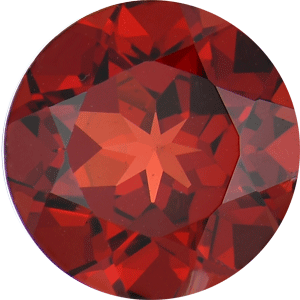 Garnet
Garnet
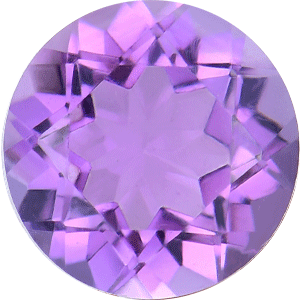 Amethyst
Amethyst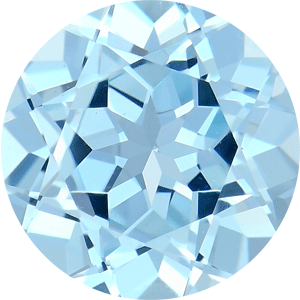 Aquamarine
Aquamarine
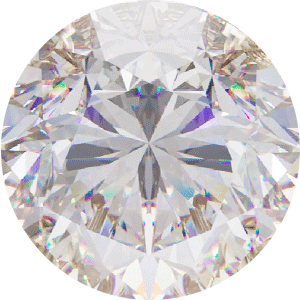 Moissanite
Moissanite
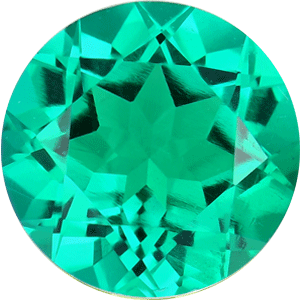 Emerald
Emerald Alexandrite
Alexandrite
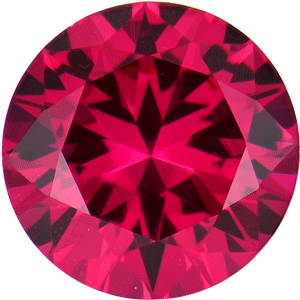 Ruby
Ruby
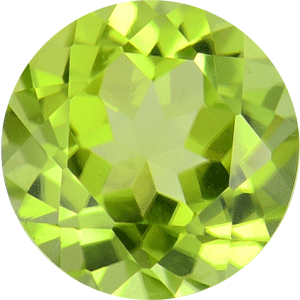 Peridot
Peridot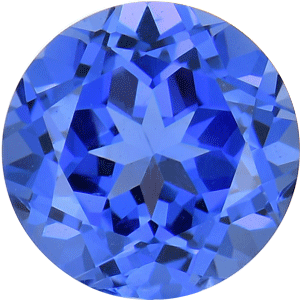 Sapphire
Sapphire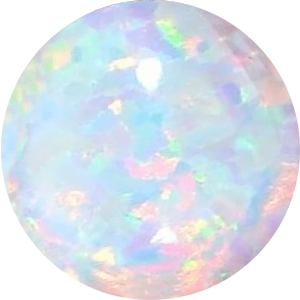 Opal
Opal
 Citrine
Citrine Tanzanite
Tanzanite Moonstone
Moonstone Turquoise
Turquoise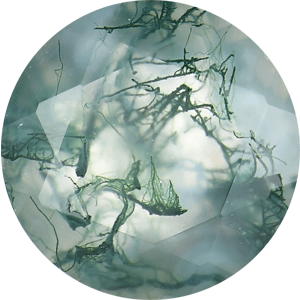 Moss Agate
Moss Agate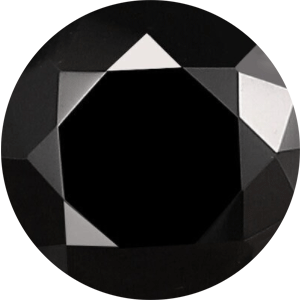 Black onyx
Black onyx













